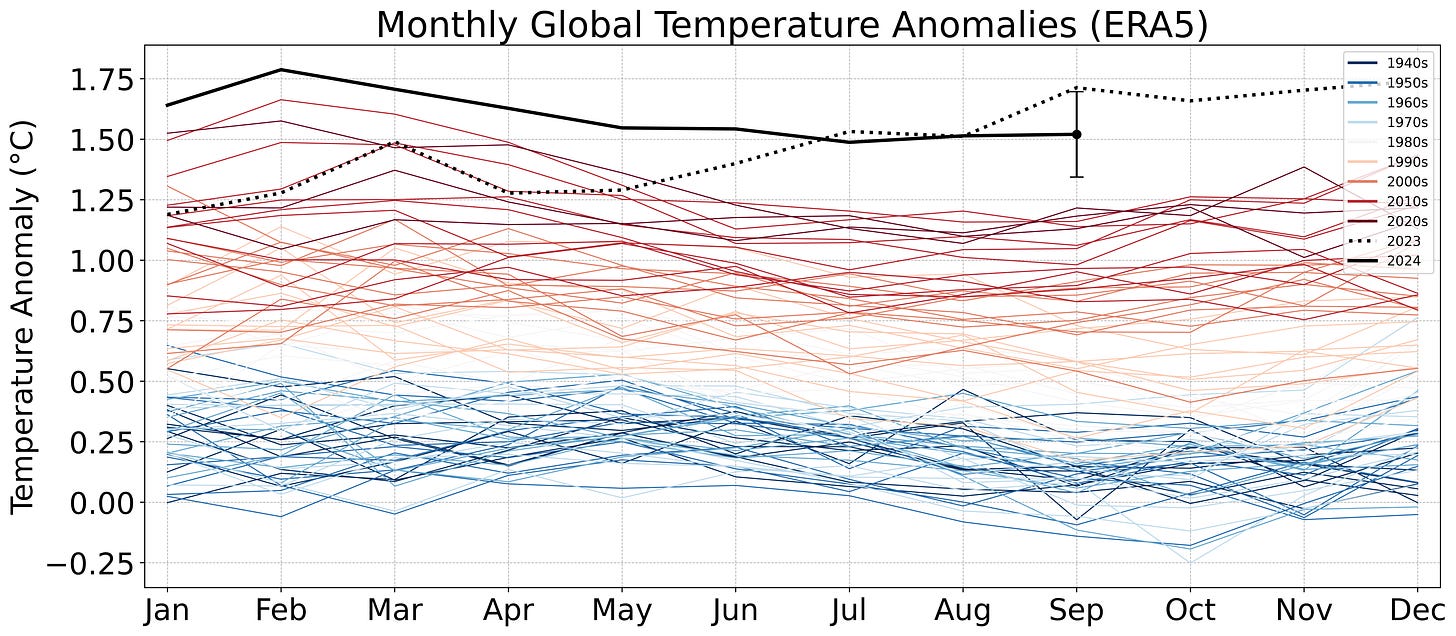Applied Sciences, Vol. 14, Pages 7996: Induction Coil Design Considerations for High-Frequency Domestic Cooktops
Applied Sciences doi: 10.3390/app14177996
Authors: Ahmet Erken Atiye Hulya Obdan
The use of wide band gap (WBG) semiconductor switches in power converters is increasing day by day due to their superior chemical and physical properties, such as electrical field strength, drift speed, and thermal conductivity. These new-generation power switches offer advantages over traditional induction cooker systems, such as fast and environmentally friendly heating. The size of passive components can be reduced, and the decreasing inductance value of induction coils and capacitors with low ESR (equivalent series resistance) values contributes to total efficiency. Other design parameters, such as passive components with lower values, heatsinks with low volumes, cooling fans with low power, and induction coils with fewer turns, can offset the cost of WBG power devices. High-frequency operation can also be effective in heating non-ferromagnetic materials like aluminum and copper, making them suitable for heating these types of pans without complex induction coil and power converter designs. However, the use of these new generation power switches necessitates a re-examination of induction coil design. High switching frequency leads to a high resonance frequency in the power converter, which requires lower-value passive components compared to conventional cookers. The most important component is the induction coil, which requires fewer turns and magnetic cores. This study examines the induction heating equivalent circuit, discusses the general structure and design parameters of the induction coil, and performs FEM (finite element method) analyses using Ansys Maxwell. The results show that the induction coil inductance value in new-generation cookers decreases by 80% compared to traditional cookers, and the number of windings and magnetic cores decreases by 50%. These analyses, performed for high-power applications, are also performed for low-power applications. While the inductance value of the induction coil is 90 μH at low frequencies, it is reduced to the range of 5 μH to 20 μH at high frequencies. The number of windings is reduced by half or a quarter. The new-generation cooker system experimentally verifies the coil design based on the parameters derived from the analysis.

 1 week ago
38
1 week ago
38


